Engaging Families as Partners

This past week, we welcomed families to Opal School for its 17th year. And, as is true so often, we also welcomed change. For new families, the change is transition to this new community, transition in families as their children grow, new routines, new relationships. For returning families, the change is a bump in expectations. Pictures they held in their minds about what would be turned out to be different than they actually are. In all schools, summertime brings staff transition and enrollment change. But at Opal School, it seems, change is the way we do things. As an open system based in relationship, we respond when we get new information. We work towards solutions that support the whole. Change is our normal. But that doesn’t make it any easier.
I’ve developed this (long) post in the hopes of doing a couple of things: to share a bit of the history of Opal School and a window into how we are beginning to engage with families this year – hopefully of interest to all readers — and also to write for the families that were not able to join us that evening. The major change that we needed to navigate this fall was a change to our classroom configurations. Just for context: because we were going to have 30 children in our 4th and 5th grade, we split the 4th grade just as we have split the 1st grade for years. This year we have classroom communities that are K/1, 1/2, 3/4, and 4/5. It was difficult on families the year we split the first grade, but it seems to be our “normal” now. The same will happen with the 4th grade. And then will come the year when we have to reconfigure again because we have 88 (K-5) students in 6 grades to place in 4 physical spaces that are not equal in size. The math is complicated. The experience of the children and staff are our top priorities and so we will configure the classrooms with those priorities first in mind. We will be responsive and we will be flexible. And that’s how it’s always been.
So to begin this particular Back to School night, we took some time to tell the story of Opal School — the abridged version, for sure, but enough to look back at where we started, and with the hope that these memories of change over time could be seen as growth similar to the growth the children make during their time here. They change because they grow.
As I was considering the things I wanted to say to the group, I happened to open a folder of old photographs from Opal’s early years. And, it seemed, each one I passed by prompted a small celebration of “where they are now” — I’ll share some of those photos with captions in this post.
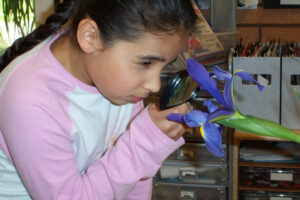
Opal School began as a seed of an idea inspired because a group of educators from Portland attended a study tour of the municipal preprimary schools of Reggio Emilia, Italy. The astonishing expression of ideas through the languages of the arts and wise and poetic words from these young Italian children provoked these educators, Caroline Wolfe and Judy Graves among them, to wonder why we don’t see such sophisticated expression from American children. They wondered, “What are the implications of what we are seeing here for American public elementary schools?” While they were asking that question, the Oregon legislature passed SB 100, Oregon’s Charter School Act – and, at the same time, Portland Children’s Museum was moving to a new home. A kind of wondrous happenstance brought it all together and Opal School was born as a Portland Public School District charter school and program of the Museum. In September of 2001, about 40 children in preschool through first grade showed up for school. Though there was no state funding for the preschool program, federal start-up funding allowed the preschoolers to enter through the lottery system and attend school for free. A few days later it was 9.11.01 – and the whole world changed.
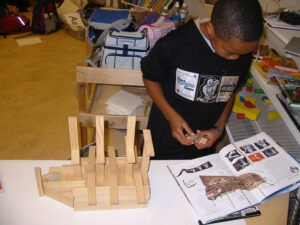
Before we launched our first group of 5th-grade graduates in 2006, federal funding for Opal School had been eliminated and we were left without public funding for our preschool students. For several years, we worked with parents on various funding models that allowed at least some of our preschool slots to remain tuition-free, even if only for the younger siblings of the children who were already with us. Ultimately, we had to make the difficult decision to charge full tuition to all except staff of the museum for whom partial tuition reimbursement is a benefit. We have made a commitment to keeping our tuition in the median range for private preschool programs across the city. With this change, we also lost our ability to keep our students from the age of 3 years through fifth grade because they need to go through the lottery in kindergarten. The odds of getting one of those spots are not in their favor. In spite of this, we have transitioned to a strong relationship between what we consider to be our three communities: beginning, primary, and intermediate. We play together, and think together, and support one another throughout the school.
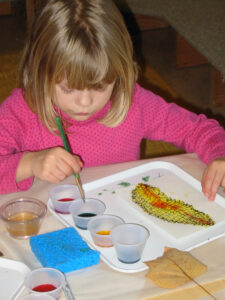
In 2007, major funding from the Paul G. Allen Family Foundation and others allowed us to build the infrastructure for professional development that we now know as the Center for Learning. This infrastructure has given teachers an enormous lift from the years of operating our annual Symposium and other workshops without additional staff to help, and it has also allowed a steady expansion of offerings over the last ten years. As of last year, our work with 125 children is the foundation for working directly with 1000 educators worldwide. These educators come to visit the school, and we go to visit them in their schools and cities.
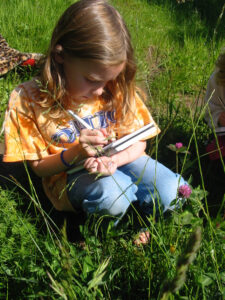
We expect the substantial grant we’ve received this year from The Lemelson Foundation to research invention education in kindergarten through grade five will be an investment that will help us grow into our next phase, just as the Allen funding did a decade ago. We look forward to working closely with Ben Mardell and Mara Krechevsky from Harvard’s Project Zero over the next two years to develop and produce this project and are eager to see where it will take us!
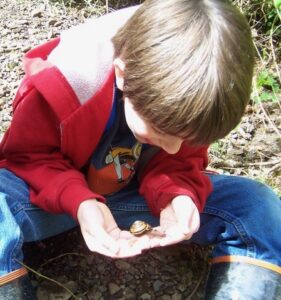
All this said, we are really still a startup. Our staff members are all entrepreneurs, working to invent new systems of education that preserve and extend children’s natural learning strategies, their creativity, their curiosity, and the wonder of learning itself. We see it happening – our graduates (some of whom are pictured as their younger selves in this post), the oldest of whom are now old enough to be entering that first year past college, are doing amazing things. They are grounded, confident changemakers who believe that they make the world we live in together. They are all over the country and the world right now – from Maine to California to Canada to Ecuador to Switzerland to New York. They are exploring architecture, preparing for medical school, developing sustainable businesses, singing and acting, interning in Washington, DC, coaching high school football… They are attending the Honors Colleges at Oregon State and University of Oregon, MIT, Bennington, the University of Pennsylvania… And we are still a startup! We struggle with different things than we did when they went to Opal School, but we still struggle with sustainability issues.
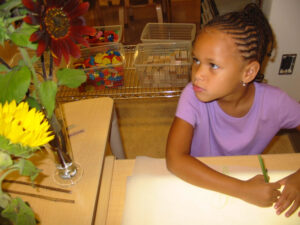
Our budget realities, in part, are these: We receive 80% of state funds from Portland Public Schools with none of the additional local monies – aside from support from the city’s Arts Tax. That means our per-pupil funding is a bit under $6000, while the traditional public schools spend closer to $11,000 on each student each year. Our licensed teaching staff’s salaries are approximately 65% of the earnings of their district neighborhood school counterparts, with lesser medical benefits. We are constantly balancing the resources we have against the workload of this startup. Our 125 children work closely with 25 dedicated changemaker-teacher-researchers, in a fully integrated system that places the experience of the children as the highest budget priority. The second highest priority is to our staff. The third is to the quality of our professional development, the fourth is to the families, and beyond that, our relationship to Portland Children’s Museum.
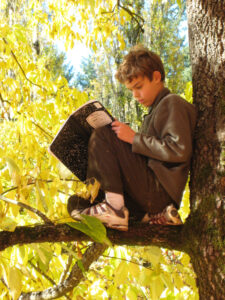
It perhaps feels odd to have to get to fourth on the list before we find families in a school that so values families as partners. When we consider the interdependent system that the children, the staff, and visiting educators create in service of our mission, though, it may be that the experience of families is really only second on the list. And families contribute in so many ways to the first three. They bring their children to school! They care for staff in endless ways. They support the professional development programs by allowing their children and their work to be shared very publicly, and by helping to keep classrooms clean, and by being resources to one another to understand the work that we are doing. But they also experience less individualized attention than they might at other schools. We are a school that deeply values relationships over bureaucracy, but our boundaries are strong. These boundaries are intended to support our relationships. And we try to be clear about what they are.
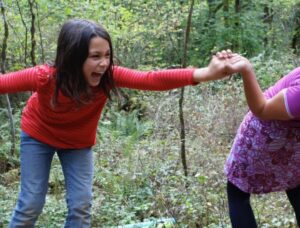
This year, it is our intention to further explore the ways in which we can engage with our families. One of our guiding principles states:
Parent participation in the life of the school is essential and takes many forms. The exchange of ideas between families and teachers is vital to development of a learning community. Families have the potential to bring vitality and richness to the school by contributing distinct life experiences and wisdoms.
And one of our values reads,
A belief in the rights of children, families and educators to participate together in forming and shaping rich environments of learning, challenge and choice.
So, at Back to School Night this year we invited the families into thinking with us in a very similar way that we think together as a staff and alongside the children. We began in our three community groups reading the intention letters (available here, here, and here) that the team of teachers in each community had written together. Parents were invited to talk with one another about where they found their own experiences reflected in the letter. Then, we invited them to share their questions, modeled by our own as part of the letters, so that we would have more.
Here are a couple of the charts created that evening:
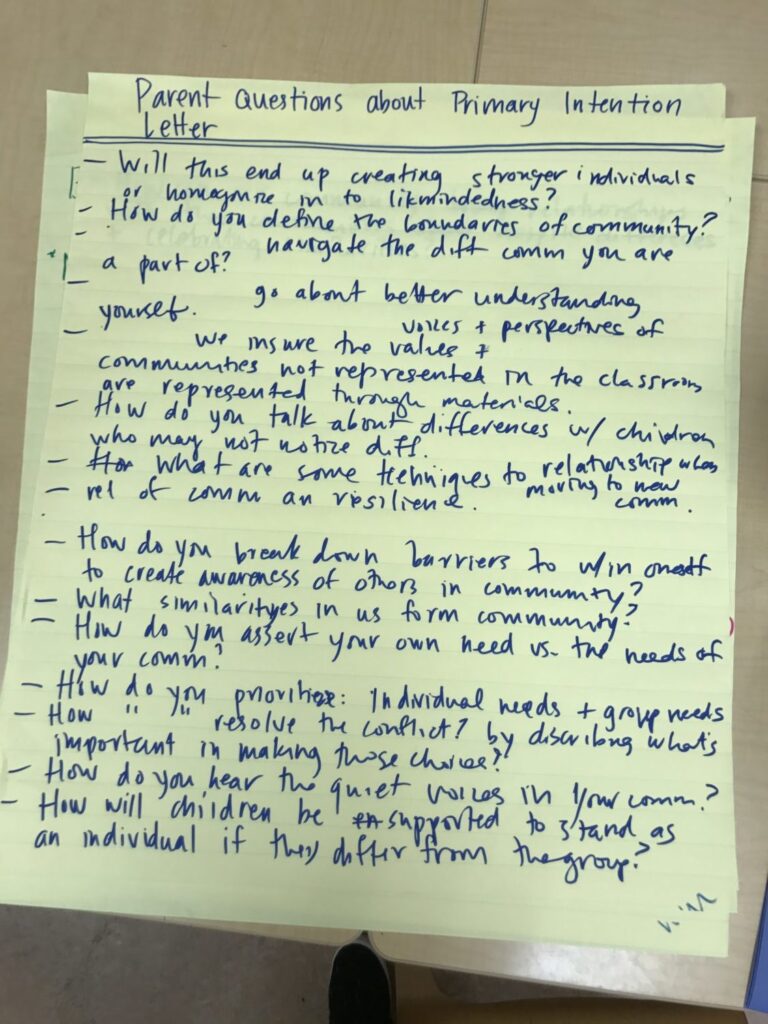
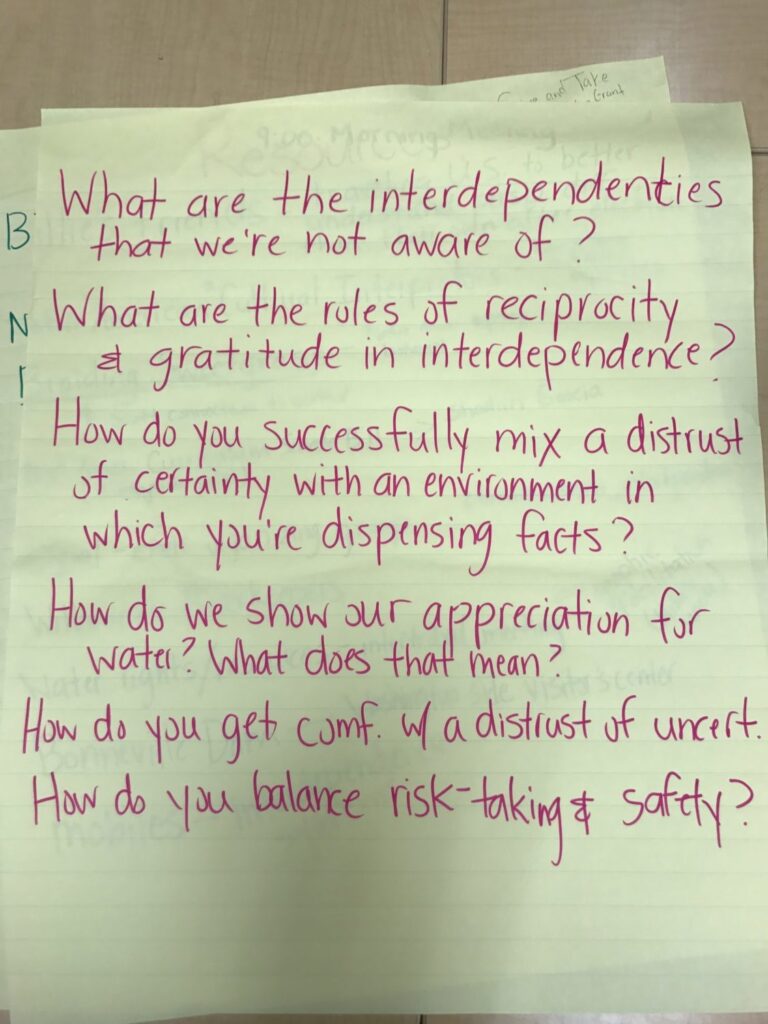
We noticed right away that so many of these questions contain questions that parents may have wanted to ask about their individual child or experience. How will my child be safe? How will my child grow as an individual? But now these same questions are asked in the context of our intentions for the year. Now, we can work together from this shared reference point with the understanding that we’re all working on this together – the questions they are asking are the questions they should be asking and the questions that we are pursuing. Now, the context of the intentions can help frame parents’ wonderings, and, we hope, provide a starting place from which we can move forward, really shaping and sharing the direction we’ll go together – without straying from our intentions, or our values.
I’m wondering: To what degree can we support families to feel a part of the whole so that their individual needs are framed by a sense of community that is even more supportive than the individual relationship between parent, child, and teacher?
These questions and lists of resources will hang in the classrooms, inviting further contributions. The questions will frame many discussions, will lead to book choices and writing assignments, will frame reflections with staff and with children, and we hope will generate much ongoing rich dialogue throughout the school. The engagement of the families in these ways will change the school, and we will grow.
We look forward to returning to this topic from time to time this year. Please leave your comments and questions here — so you can also influence the things we’re thinking about and help us think of things we haven’t yet!

Thank you!!!!
I am so very grateful that my Niece, Michelle Elliott found Opal school and that my loved ones , Cooper, Sawyer and Sutton experienced the values and love offered by the Opal community. I am forever grateful and supportive of the learning community: parents, children and educator.
This is such an incredibly thoughtful post. If only we could all stay mindful and intentionally create space for community and deep relationships all of the time. When there is a willingness to open and participate it is pretty amazing to watch. And the fact you’re so engaged in fostering this work at Opal is quite inspiring. Thank you for sharing this story!
In response to your wondering:
”To what degree can we support families to feel a part of the whole so that their individual needs are framed by a sense of community that is even more supportive than the individual relationship between parent, child, and teacher?”
I began wondering…
– What is the whole?
– How do you define support?
– What does a more supportive environment/relationship look like?
– How does community stay open & fluid and yet familial?
– What are the characteristics of the individual relationships? what are the individual needs? (recognizing any hierarchy, social, civic, cultural, physical, etc etc structures in place?)
– What are the characteristics of the combination of relationships between parent, child, and teacher? I.e. child-teacher, child-parent, teacher-parent, child-teacher-parent. (And added variables that impact these dynamics.)
– Including observation of the individual relationships within the built and curated environment and nature.
– How can the development of such structures work to serve each human throughout their entire lifespan?
– How do you create common meaning and language. A shared understanding?
– Framing needs around community rather than a single or individual relationship.
I look forward to unpacking your question and more on this theme throughout the year!